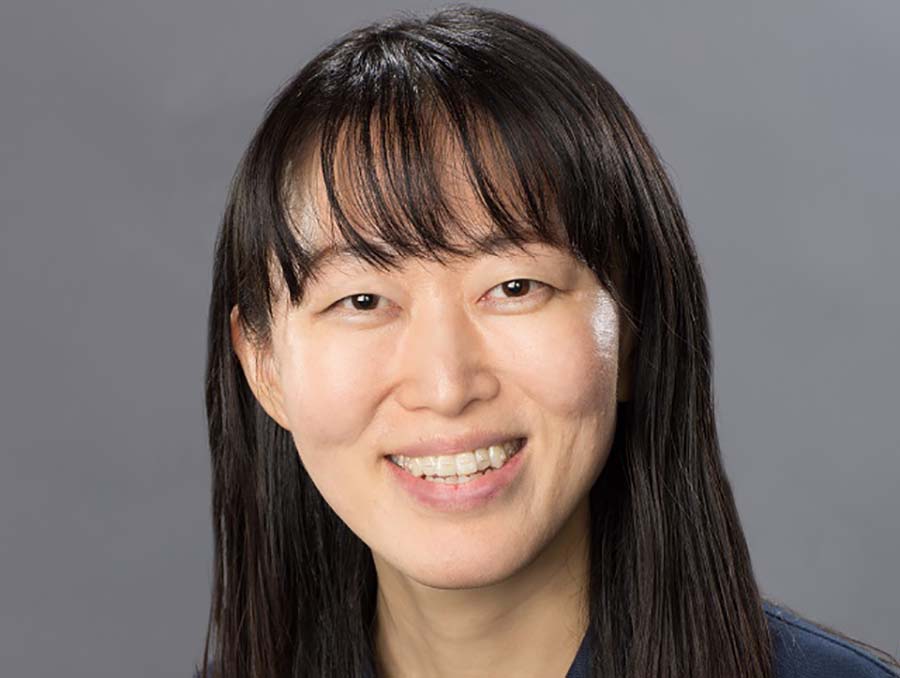So Young Ryu’s research through the School of Community Health Sciences is helping scientists generate and validate interesting hypotheses using software tools she and her student researchers are developing.
Her CAREER proposal, supported by a $600,000 grant, focuses on the development of the protein post-translational modification analysis.
Recently, Ryu was kind enough to answer a few questions about her research and its global health impact for infectious diseases. She shares how she hopes the CAREER award will help her grow as a research mentor and form a research team for this important project.
What inspired you to pursue this research?
Protein post-translational modifications (PTMs) play an important role in many aspects of cell biology. However, due to the complex nature of PTMs (e.g., various PTM types and site locations), there are limitations in the mass spectrometry technology used to accurately identify and quantify PTMs. We want to overcome such limitations by developing sound bioinformatic algorithms and utilizing publicly available datasets. Specifically, we want to advance the field of mass spectrometry-based PTM analysis as we i) develop and incorporate various prediction/simulation tools that utilize publicly available data; ii) design statistical models that reflect data types, especially for Data Independent Acquisition mass spectrometry data that have multiple peptide fragments per spectrum; iii) accurately measure site occupancy rate and stoichiometry instead of raw PTM peptide abundances; iv) develop a mixed-model framework to detect differential PTMs; v) generate interesting hypotheses using publicly available data; and vi) develop experimental design tools that suggest the optimal choice of instrument techniques and sample size calculation.
This development will advance the state of the art in PTM identifications/quantifications and help scientists generate and validate interesting hypotheses using the software tools we will develop. The development of bioinformatic algorithms and infrastructure for PTM analysis will have a significant impact on various biological areas such as plant science, microbiology and biomedicine.
What does this award mean to you and for your work?
I am deeply honored to receive this award. This award will enable me to recruit and retain some of the best and brightest graduate/undergraduate students at the University of Nevada, Reno to do this research project. Students will gain i) an understanding of recent development in bioinformatics/biostatistics research including machine learning techniques, ii) a solid understanding of mass spectrometry-base bioinformatics, and iii) a collaboration experience with other students and biologists. This award will help me grow as a research mentor and form a research team for this important project.
What impact on society do you hope to achieve through your work?
Because defects in PTMs have been associated with numerous human disease (e.g., heart disease, cancer, diabetes) and developmental disorders, this work will benefit society with important applications in medical research. In this project, I also hope to provide valuable interdisciplinary training to graduate and undergraduate students including first-generation college students. Undergraduate students will develop a web-based educational R shiny app that walks users through the process of PTM mass spectrum prediction/simulation. The demonstration of this interactive app by undergraduate students at annual high school summer academy programs will expose high school students to basic science concepts and inspire them to pursue STEM majors.
What future plans do you have for your scholarly work/research?
I will develop bioinformatic tools for this PTM project with undergraduate and graduate students. Students who are interested in joining this exciting PTM analysis project can email me at soyoungr@unr.edu. We are recruiting students who are good at coding and math/statistics and are willing to learn biology and mass spectrometry.
In addition, I plan to secure another research funding for the mass spectrometry-based bacterial identification project. Since infectious diseases have substantial global health impact, the development of the optimal pathogen diagnostic tools will be important. In this future project, I hope to improve accuracy and robustness of microbial diagnosis by developing bioinformatic algorithms and infrastructures that rapidly and accurately identify and characterize microbiomes in clinical samples using mass spectrometry data.
Anything else you’d like to add?
I want to acknowledge people who helped me on doing good research and writing grant proposals: Dr. Larson for her support, Melodie Gander for helping me on all aspects of grant proposals, CHS accounting team, my mentor Dr. Darrow, my friend Dr. Park, my Mother for evening research discussions, and Dr. Ahn for her tips on how to write a good education component in an NSF grant proposal. I also want to thank Research & Innovation (Dr. Gautam for his support and Kate Dunkelberger for editing my grant proposals) and NV INBRE (preliminary data generation).












